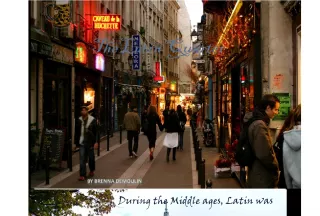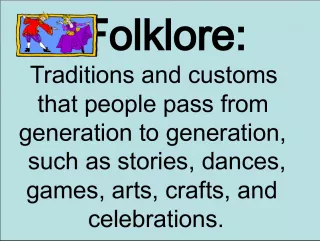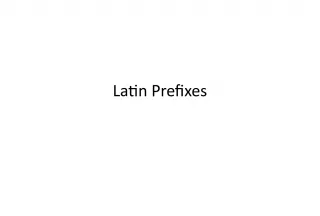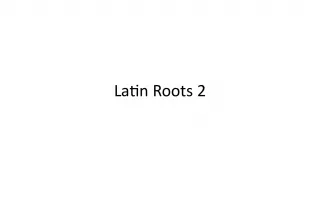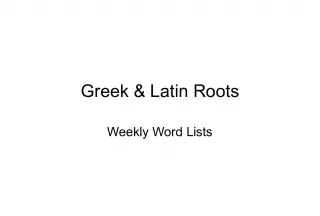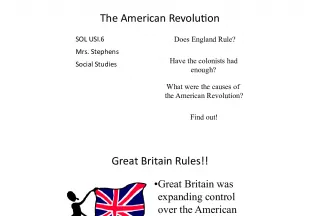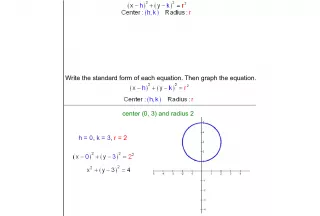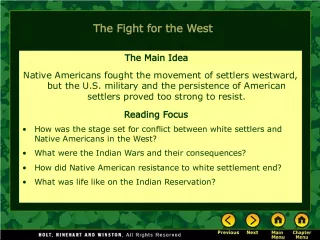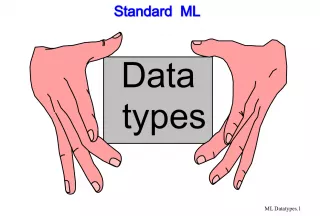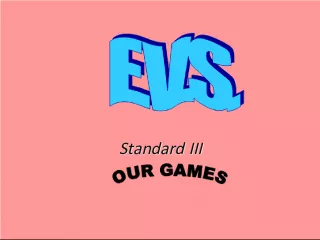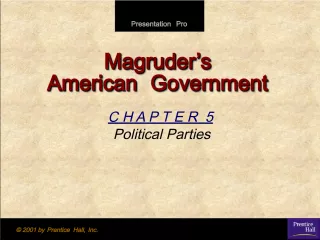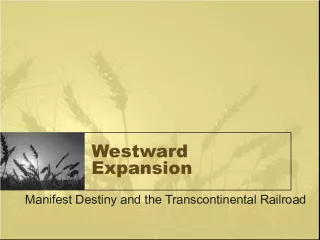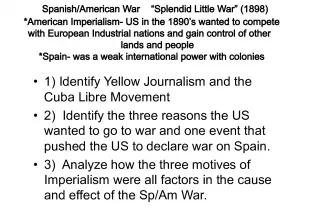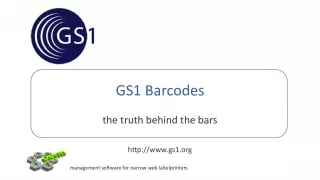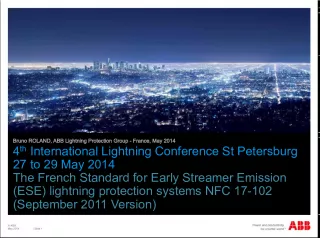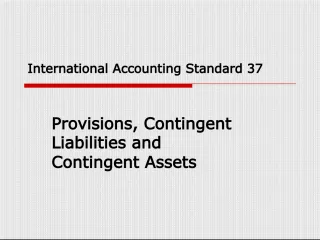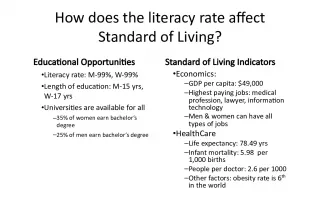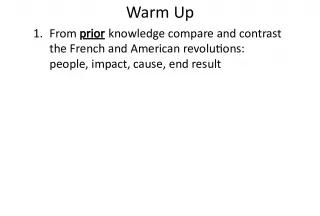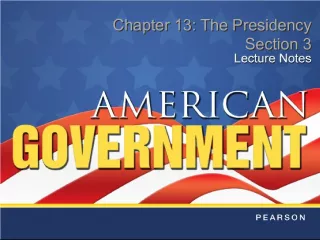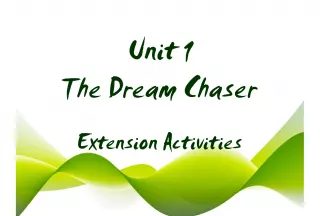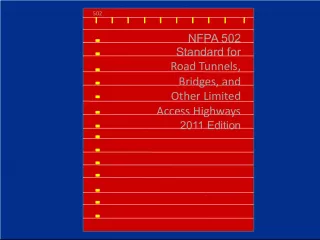Standard and Latin American Dances
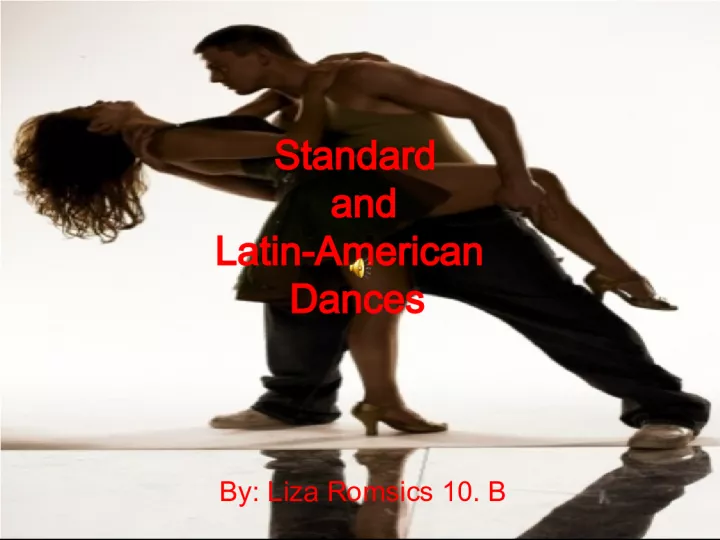

In this article, Liza Romsics, a 10th-grade student, explores the world of Standard and Latin American dances. These dances originated as folk dances and developed into new music styles
- Uploaded on | 1 Views
-
 jacobpark
jacobpark
About Standard and Latin American Dances
PowerPoint presentation about 'Standard and Latin American Dances'. This presentation describes the topic on In this article, Liza Romsics, a 10th-grade student, explores the world of Standard and Latin American dances. These dances originated as folk dances and developed into new music styles. The key topics included in this slideshow are . Download this presentation absolutely free.
Presentation Transcript
Slide1Standard and Latin-American Dances By: Liza Romsics 10. B
Slide2•These dances came into existence as folk dance generally, they were new music styles at the time of their development, the dancers listen to the melody and the rhythm and they follow it with their steps and movements.
Slide3Waltz:• Slow, three-quarter rhythm standard dance. It is considered to be the mother of the present day dances. The Waltz began in southern Germany in the 17th century. The popularity of the Waltz dance grew with the music of Johann Strauss and eventually blossomed in the 20th century. It is the basis of many dances and is popular today all over the world. The basic components of Waltz are walking steps and side steps. "Rise and Fall" and "Body Sway" are some of the styling characteristics which make the simplest Waltz steps and patterns elegant and beautiful.
Slide4Viennese Waltz• The Viennese Waltz, which derived from the Austrian Landler, is an elegant fast paced, whirling dance where the partners hold each other as if in a romantic embrace. • The Viennese Waltz is a faster paced dance than the standard waltz which also makes it somewhat more challenging to do. Like the standard waltz the Viennese Waltz incorporates a simple, elegant rotation and swinging movements, though there should be no foot rise on the inner turns. The Viennese Waltz also requires a good deal of stamina, actually as much energy is needed as for the polka.
Slide5Tango• The origin of the word tango means the "tambor" the drum. The Argentine Rodriguez the Cuban created the tango in 1905 from the ”habanér” and the Argentine ”milonga”. The Tango is a very emotional dance.
Slide6Quickstep• The Quick Step is a fast, happy, lighthearted dance. The footwork can be a little complex using a slow, quick, quick, slow, quick, quick tempo. Like other dances the slow steps are on the heel, but the quick Steps are on the toes.
Slide7Ru m b a • T h e r u m b a c o m e s f r o m C u b a n d a n c i n g a n d i s t h e s l o w e s t o f t h e f i v e L a t i n A m e r i c a n d a n c e s . I t s s t y l e i s t i g h t w i t h a d i s t i n c t h i p s w a y a n d l i t t l e r i s e a n d f a l l f r o m m o v e m e n t o f t h e d a n c e r ' s k n e e s a n d a n k l e s . T h e r u m b a , l i k e t h e w a l t z a n d f o x t r o t , i s a p r o g r e s s i v e d a n c e , w h e r e t h e d a n c e r s m o v e a r o u n d t h e d a n c e f l o o r .
Slide8Samba• I t o r i g i n a t e s f r o m B r a z i l w h e r e i t i s a n a t i o n a l d a n c e . P e o p l e d a n c e m a n y v e r s i o n s o f i t a t t h e l o c a l c a r n i v a l i n R i o . T h e i r v e r s i o n o f S a m b a i s d a n c e d i n s o l o . I t i s i n f a c t a t o t a l l y d i f f e r e n t d a n c e f r o m t h e S a m b a d a n c e r s ’ d a n c e a s a p a r t o f L a t i n - A m e r i c a n p r o g r a m m e . S a m b a m u s i c i s i n 2 / 4 t i m e w i t h 2 b e a t s p e r b a r .
Slide9Paso Doble• The Paso Doble is originally a Spanish folkdance. The Paso Doble is one of the few dances that is for the men. Depending on their interpretation she may take the part of the matador's cape, or the bull, or in some cases even the matador at different times throughout the dance. Paso doble has less hip movement than the other Latin American dances and other characteristics make it closer to the International Standard dances.
Slide10Cha-cha-cha• A h a p p y , c a r e f r e e , c h e e k y , p a r t y - t i m e d a n c e . L i k e t h e r u m b a , t h e c h a - c h a - c h a h a s i t s o r i g i n i n C u b a . T h e n a m e r e f l e c t s t h e s o u n d s o f a n i n s t r u m e n t a n d t h e d a n c e r s ' s h u f f l i n g f e e t . A l s o l i k e t h e r u m b a , t h e c h a - c h a - c h a i s t i g h t a n d h a s l i t t l e r i s e a n d f a l l .
Slide11Jive• The jive is a dance style from African- American communities in the United States. It developed in the early 1940s and is based on the jitterbug, a kind of swing dance. At the time, "jive" was a word for meaningless talk. The style of the dance was brought to England. • The modern jive dance has frequent knee bending and hip movement. It became the fifth Latin American dance in 1968.
Slide12Sources:• http://www.castleschoolofdancing.com/standard.htm #Viennese • http://www.better-ballroom-dancing.com/ballroom- dancing---slow-fox-trot.php • http://www.ehow.com/about_5104225_latin- american-dances.html • http://www.dancebybethtrost.com/dance_styles.html • http://www.better-ballroom-dancing.com/ballroom- dancing---the-paso-doble.php
